Crustaceans
Crustaceans are a sub-class of aquatic arthropods which means they have a hard external skeleton (exoskeleton), segmented body and jointed legs. This group includes well known and commercially valuable decapod (10 legs) organisms such as crabs, crayfish, prawns and shrimp. Most crustaceans are free living and highly mobile, although there are some exceptions (e.g., the barnacles). This group of organisms is the most diverse on the planet and species vary greatly in size, shape, colour and feeding strategy. Equally, the habitats in which these organisms are found are highly varied, ranging from intertidal to subtidal habitats, from soft sediments to rocky shores. Some species have even evolved to a life on land (e.g. woodlice).
There are more than 50,000 known species of crustaceans worldwide, although many more are likely to exist. This abundance makes them an important prey species to human kind, marine organisms and birds alike. Over 3000 species of crustacean are known to live in New Zealand waters. There are long fossil records for crustaceans with some species dating back to the mid Cambrian period (around 515 million years ago).
The crustaceans of particular interest for the Regional Estuary Monitoring Programme are species of cumaceans (the hooded shrimp) and amphipods (sea fleas, sand hoppers). These organisms live in estuarine sediments in the region and are sensitive to changes in mud content and pollutants, making them good indicators of estuarine health. The most common species and species complexes we monitor are given below.



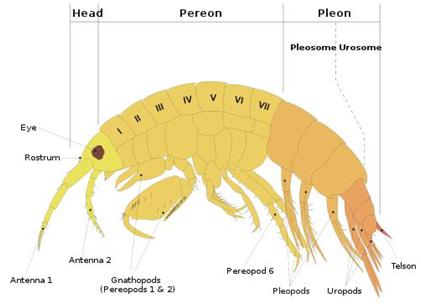
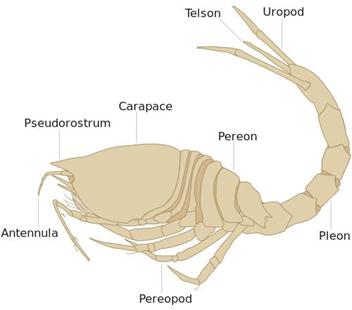
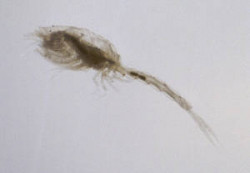
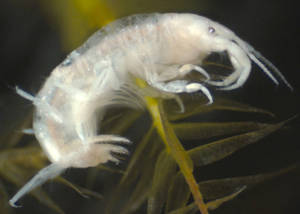

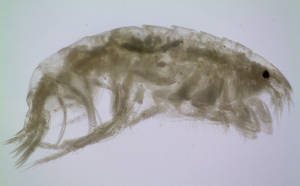

To ask for help or report a problem, contact us
Tell us how we can improve the information on this page. (optional)